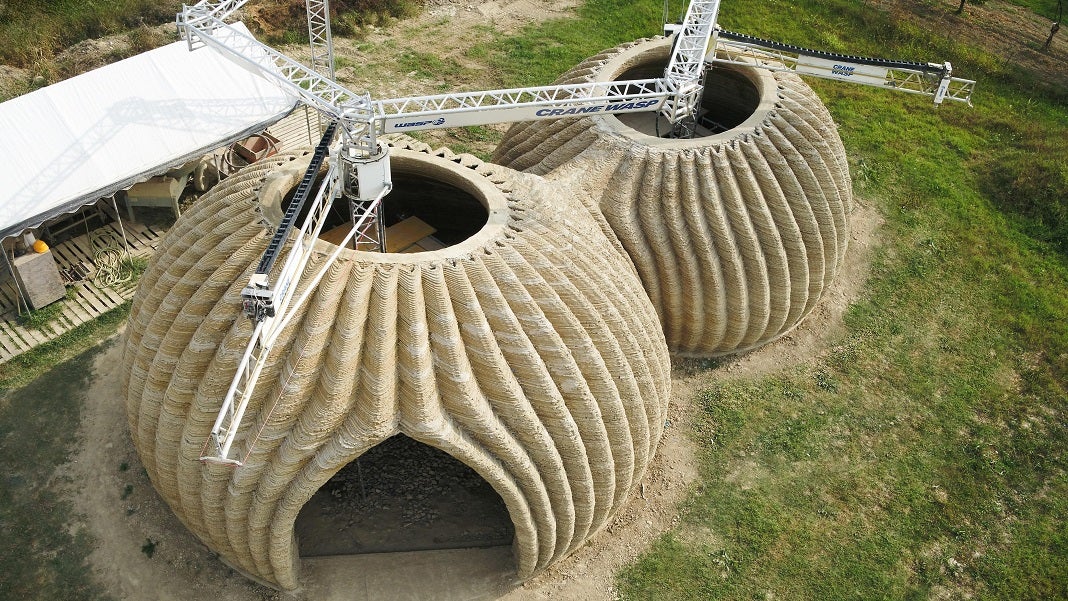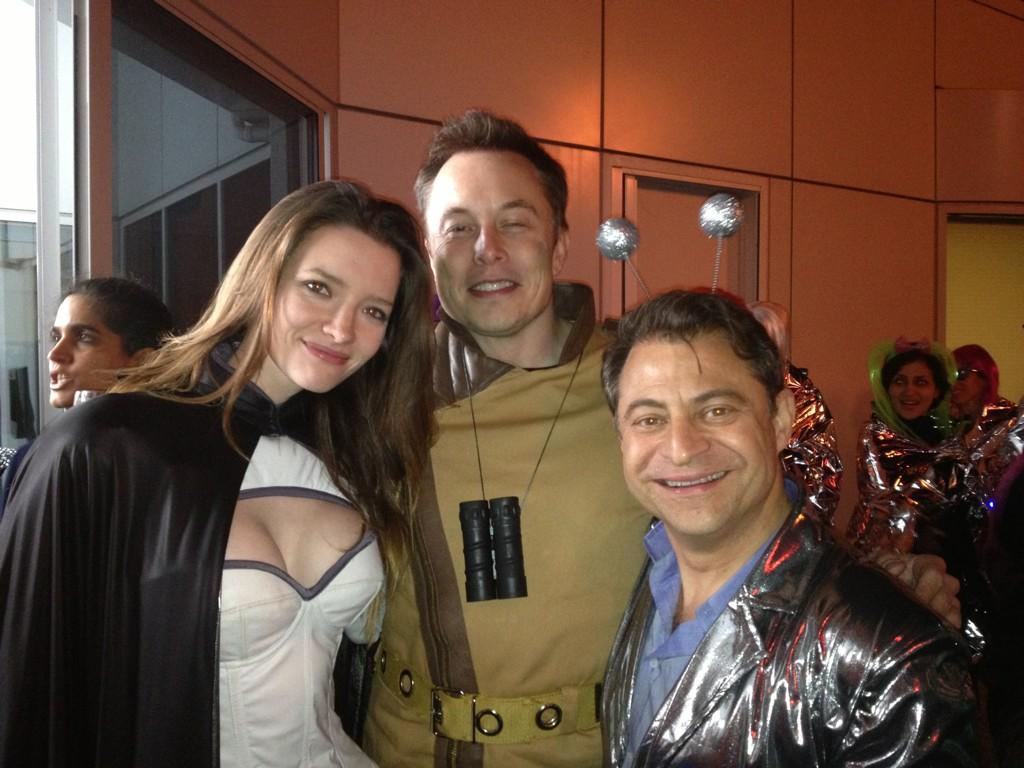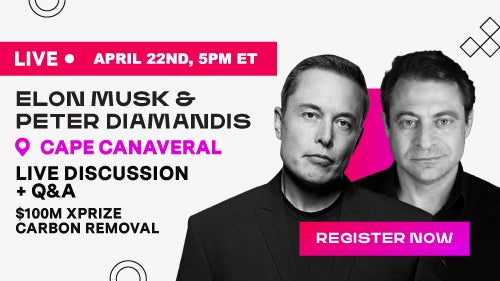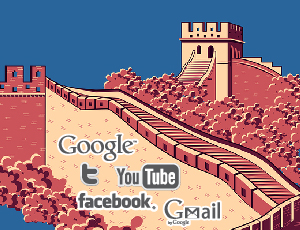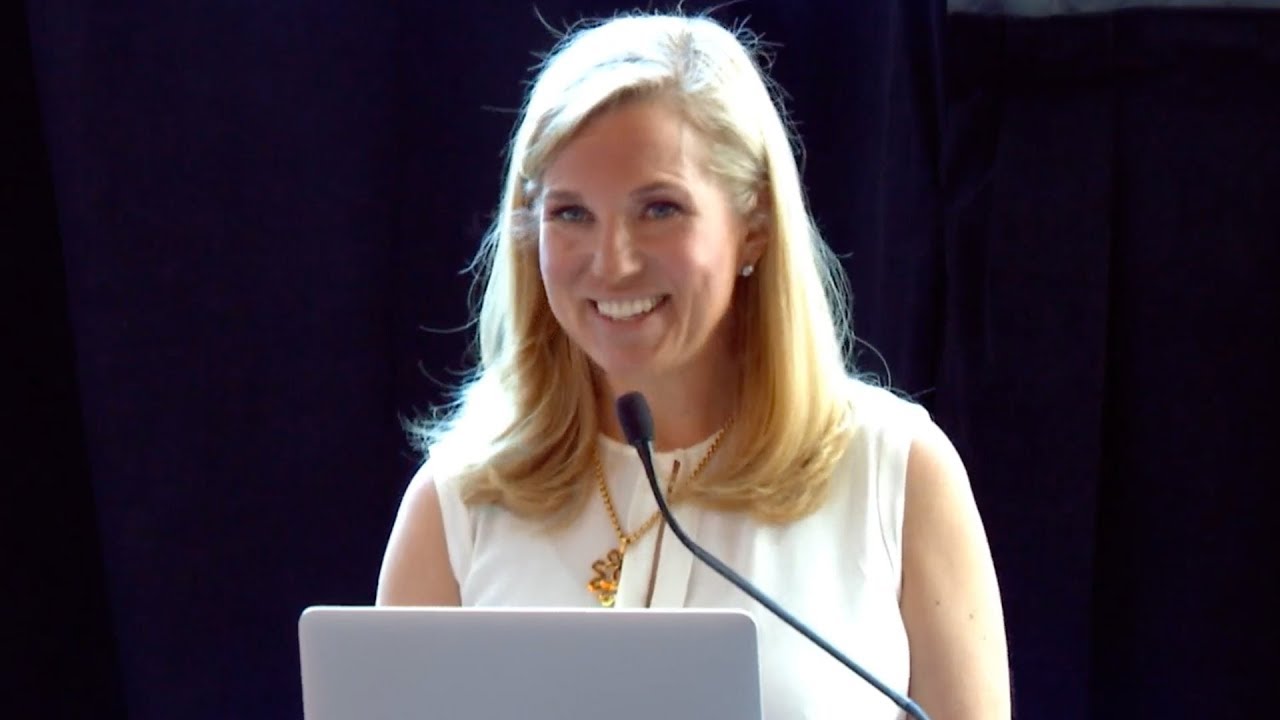— Paramendra Kumar Bhagat (@paramendra) April 4, 2023
Circle 1
1. @elonmusk
2. @paulg
3. @StateDept
4. @PMOIndia
5. @mukund
6. @ryanl_hass
7. @googlenews
8. @geoffreylitt
Circle 2
9. @PeterDiamandis
10. @agazdecki
11. @sama
12. @justingordon212
13. @reidhoffman
14. @asanwal
15. @_ali_taylor
16. @ForeignAffairs
17. @USAmbNepal
18. @LinusEkenstam
19. @CristinaEspinal
20. @emollick
21. @karpathy
22. @alexfmac
23. @mishadavinci
24. @aweissman
Circle 3
25. @variainayurt
26. @halletecco
27. @gdb
28. @thejustinwelsh
29. @apbyers
30. @stevewoz
31. @dougboneparth
32. @ananthkrishnan
33. @sonyabarlowuk
34. @zehranaqvi_
35. @ruchitgarg
36. @kajakallas
37. @jspujji
38. @Miss_Internet
39. @danshipper
40. @PypAyurved
41. @Scobleizer
42. @mikeknoop
43. @satyanadella
44. @jesslivingston
45. @PBagchand
Grateful to 🇺🇸 for new large-scale $2.6 billion defense aid package for 🇺🇦. We expect HIMARS ammunition, air defense missiles, artillery shells & other crucial tools. We’re preparing for the occupied territories liberation & value the unflagging support of @Potus & all 🇺🇸 people.
— Володимир Зеленський (@ZelenskyyUa) April 4, 2023
When you think of a great business idea, instead of Tweeting about it (or worse, telling everyone how great it is), go to work, build it up to a decent amount of customers, and then tell everyone.
— Justin Welsh (@thejustinwelsh) April 4, 2023
It's more powerful to talk about accomplishments than ideas.
More important and exceedingly more interesting than anything Trump or Greene has to say today. https://t.co/8KoZ8DXwes
— John Lindermuth (@jrlindermuth) April 4, 2023
Have you ever battled burnout with a new venture?
— acquire.com (@acquiredotcom) April 4, 2023
Agustin Capalbo, founder of Jongeluer has 👋 - Although he didn't anticipate trading one burnout for another, it led him to a five-figure exit via @acquiredotcom
Read about his acquisition journey here 👇 https://t.co/Y2e1f8fg2L
In Africa, every increase of 100,000 animals in the Serengeti raises the amount of carbon sequestered by 15 percent https://t.co/hXbgOEyoNj
— Hussein Kanji (@hkanji) April 4, 2023
It’s a long road from Dallas to Houston. But we’ve got it covered.
— Aurora (@aurora_inno) April 3, 2023
We’ve introduced the final driving capabilities needed to commercially haul freight between these two cities — without a human behind the wheel. The Aurora Driver is now Feature Complete. https://t.co/Pj2CqIVXj8 pic.twitter.com/zGEQfPG54N
He built one of the world's most valuable startups
— Justin Gordon (@justingordon212) April 4, 2023
Chris Sacca called him "one of the smartest people I’ve ever known"
Yet, growing up in rural Ireland, he read about the internet for 2 years before having access
His journey is remarkable
Patrick Collison's incredible story👇 pic.twitter.com/aIpZX5yGw7



